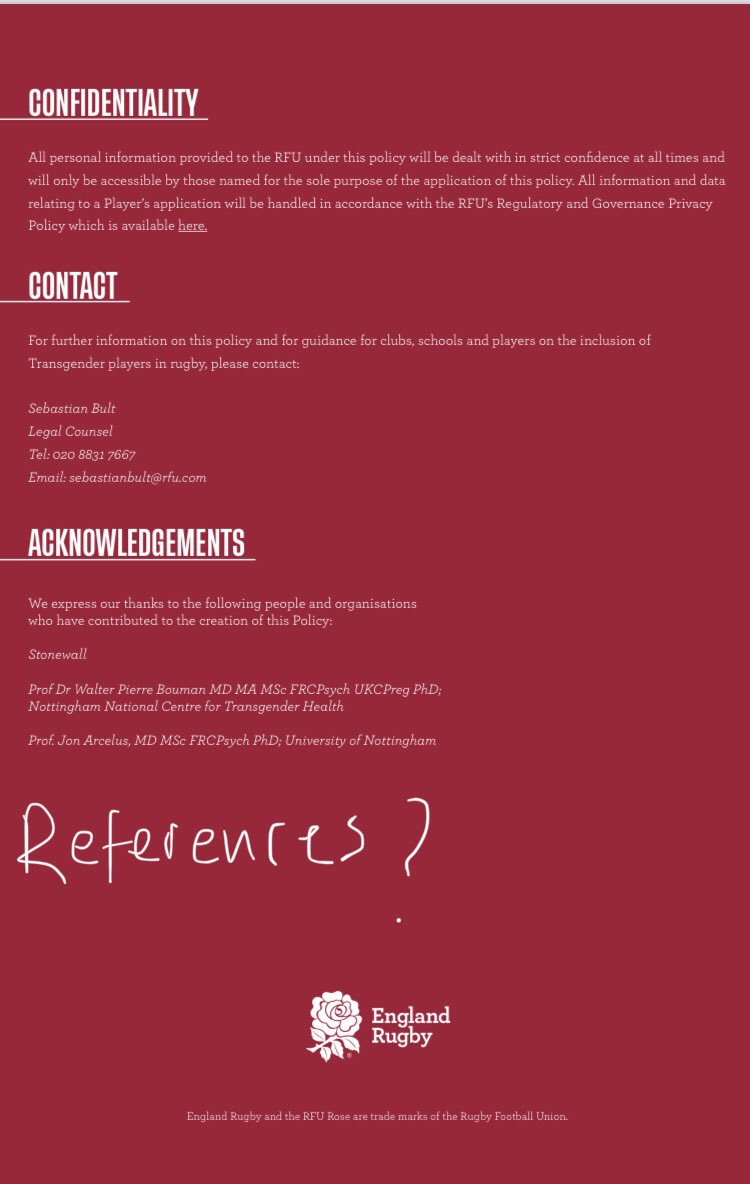
That England Rugby @EnglandRugby have affirmed inclusion of transwomen in female contact rugby, despite the scientific analysis from their governing body @WorldRugby highlighting extreme safety risks, is disappointing but not surprising.
There will be more.
There will be more.
https://twitter.com/FondOfBeetles/status/1316280412885463041
The calls for ‘further research’ are a smokescreen to kick tough decisions down the road.
What might happen in the mean time is now on them.
What might happen in the mean time is now on them.
What do they expect further research to show?
That athletes become inexplicably weaker than couch potatoes, and thus hold a smaller or no advantage over females?
That is truly irrational.
That athletes become inexplicably weaker than couch potatoes, and thus hold a smaller or no advantage over females?
That is truly irrational.
That the decrease in hemoglobin will reduce cardiorespiratory capacity to female levels, when major contributors to this (heart size, lung surface area) are unchanged?
That is truly irrational.
That is truly irrational.
They have chosen inclusion despite scientific evidence showing it is explicitly a large safety risk (and implicitly unfair).
That’s obviously their call. I wish they’d be honest about it though.
That’s obviously their call. I wish they’d be honest about it though.
• • •
Missing some Tweet in this thread? You can try to
force a refresh






